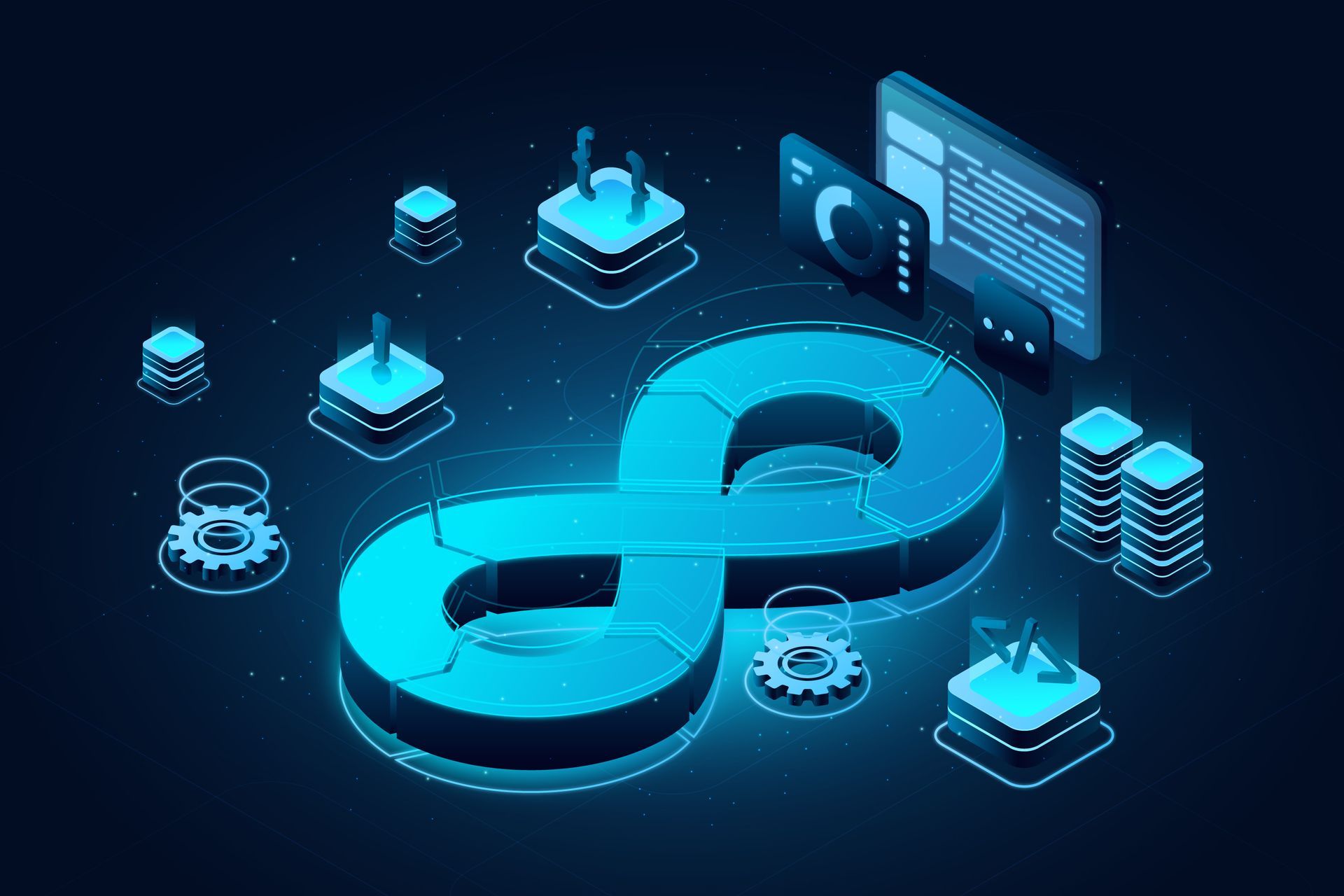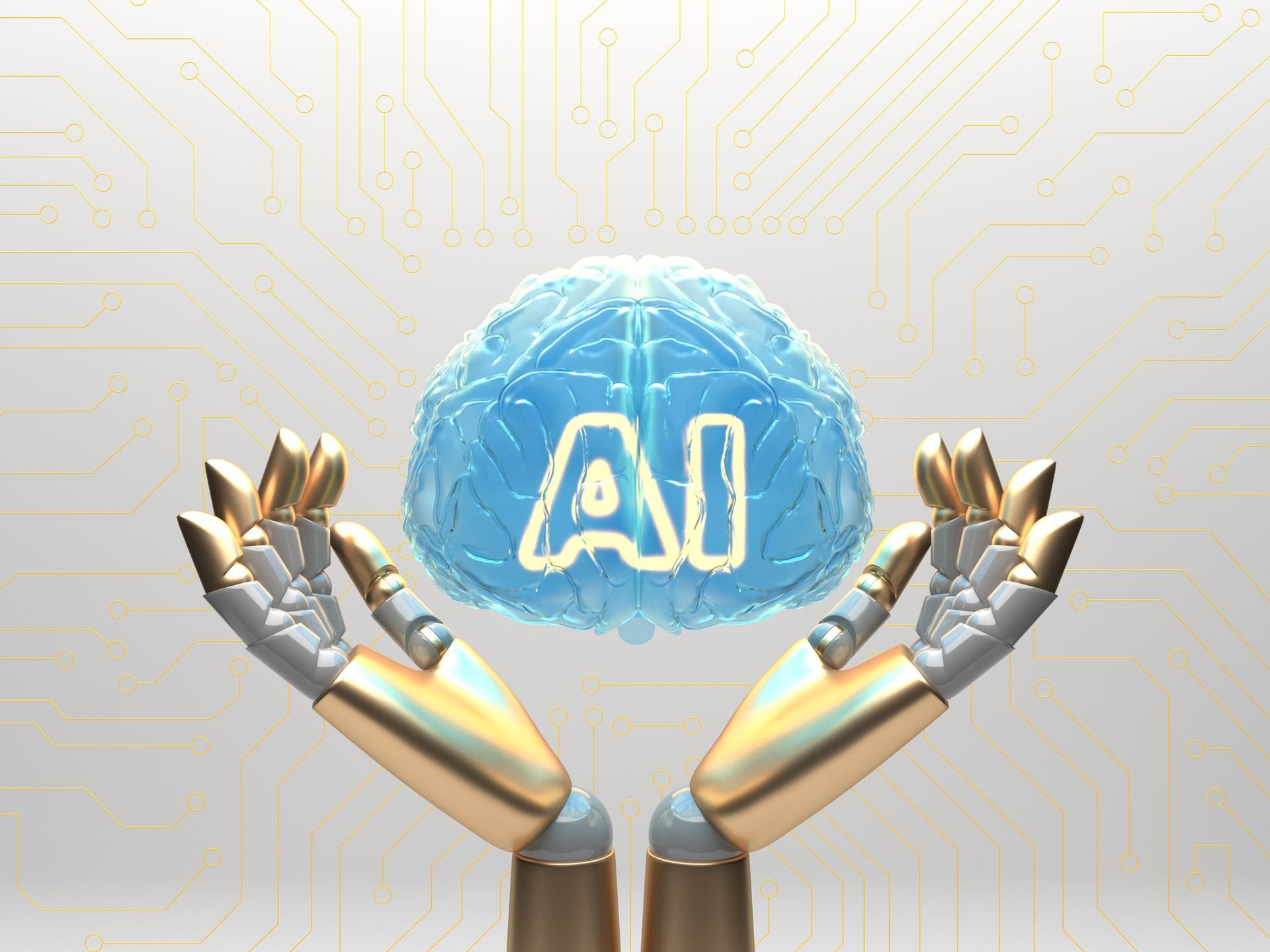Empowering Software Delivery with Internal Developer Platforms Covering the Evolving Software Landscape
Empowering the Creators Behind the Code: How Internal Developer Platforms Redefine the Path to Efficient Software Delivery

For decades, the bright minds writing software have often been forced to work in conditions that seem paradoxical: despite living in an era of unprecedented technological abundance, developers frequently find themselves wrestling with fragmented infrastructure, siloed systems, and opaque deployment pipelines. These burdens slow down innovation, sap creative energy, and foster a sense of frustration rather than empowerment.
But a subtle, transformative shift is underway. Quietly, yet with profound implications, engineering leaders are betting on a radical idea: treat your developer experience as a first-class product. And at the heart of this shift lies the Internal Developer Platform (IDP)—an integrated ecosystem engineered with one goal in mind: to let developers focus on building great software rather than wrangling the tools and plumbing behind it. In a marketplace where speed and quality can make or break business fortunes, the IDP emerges as a powerful catalyst, enabling efficient software delivery and igniting a new era of developer-centric innovation.
Beyond the “You Build It, You Run It” Mantra
The last decade ushered in DevOps and Site Reliability Engineering (SRE) practices as responses to the old, siloed models of software delivery. These shifts encouraged teams to break down barriers, share responsibilities, and continuously integrate and deploy code. Yet while these cultural and procedural changes were laudable, developers often remained stuck in a whirlwind of complexity: container orchestration, secret management, environment provisioning, CI/CD pipelines that vary from team to team, and monitoring stacks that feel like arcane mazes of dashboards.
The mantra “You build it, you run it” forced accountability, but it also asked developers to wear too many hats—system architect, operator, security expert—distracting them from their core mission: crafting features that delight users. The result? Teams moving fast, yet still tripping over complexity. As services proliferate, cognitive load soars, and the friction of simply getting code from a developer’s fingertips into production continues to hamper velocity.
The Internal Developer Platform: A Unified Abstraction Layer
An Internal Developer Platform aims to unify this fragmented landscape. Instead of a grab-bag of tools and ad-hoc solutions, the IDP is a carefully designed, fully integrated “paved road” that developers can confidently follow. This isn’t just another technology stack; it’s a product curated by a dedicated platform team who think like product managers, designers, and user researchers rolled into one. Their customers? The developers inside the organization.
At its core, an IDP encompasses several building blocks:
- Self-Service Infrastructure:
Need a new testing environment? Spin it up with a few clicks. Want to deploy a microservice to a staging cluster? It’s a simple, standardized workflow away. By offering self-service capabilities, the platform eliminates the back-and-forth with operations teams and slashes lead times for provisioning. - Opinionated Defaults and Guardrails:
Rather than forcing developers to grapple with low-level details—like choosing Kubernetes configuration parameters or deciding which service mesh to adopt—the platform provides best-practice defaults. These guardrails ensure that every new service adheres to security, compliance, and performance standards, letting developers sidestep the intricacies of infrastructure plumbing. - Unified Tooling and Observability:
The IDP consolidates logs, metrics, and traces into a coherent observability stack, making it easier to diagnose issues. By standardizing deployment pipelines and artifact management, it ends the jarring context-switching and guesswork that often come with navigating polyglot tooling ecosystems. - Integrated Developer Experience (DX) at the Center:
An IDP is designed and iterated upon with the developer’s workflow in mind. Platform teams gather feedback, monitor usage patterns, and adjust features much like a product team would with external customers. This elevates the role of the platform from a static piece of infrastructure to a living product, continuously refined to optimize the developer journey.
Why Developer Experience Matters More Than Ever
In a crowded marketplace where digital experiences define brand loyalty, accelerating the software delivery lifecycle is paramount. Yet speed without stability or clarity can be ruinous. The true promise of an IDP lies in reconciling velocity with quality and resilience. How?
- Reduced Cognitive Load:
A cohesive platform lifts the mental burden from developers, letting them think in terms of user stories and business outcomes, not ephemeral ports, environment variables, or YAML templates. This mental relief translates into more creativity, better problem-solving, and ultimately, faster delivery of polished features. - Streamlined Collaboration:
Because internal platforms provide common ground and consistent workflows, developers, SREs, security engineers, and QA teams speak the same language. This fosters a collaborative culture where cross-functional insights are easier to incorporate. The platform effectively becomes a shared vocabulary that unites rather than divides. - Sustainable Scalability:
As teams and microservices multiply, chaos tends to scale faster than efficiency. An IDP enforces standards and conventions that actually get better with scale. Instead of each new service reinventing the wheel, developers plug into an established ecosystem, ensuring that complexity grows linearly rather than exponentially. - Talent Attraction and Retention:
In a world where top engineering talent is fiercely contested, providing a frictionless developer environment is a strategic advantage. Give engineers empowering tools, a sense of mastery, and the satisfaction of efficient workflows, and they’ll choose to stay and innovate with you rather than jump ship for a more developer-friendly competitor.
The Product Mindset: Treating Your Platform Like a Business Offering
The key differentiator of a successful IDP is the product mindset embraced by the platform team. Rather than building a static set of scripts and hoping for the best, these teams conduct user interviews, monitor key performance indicators (KPIs) like deployment lead times or developer satisfaction, and roll out updates to address pain points.
Some organizations even go as far as creating internal service-level objectives (SLOs) for their platforms—guaranteeing provisioning times, pipeline reliability, and documentation quality. This unwavering focus on the “customer” (the in-house developer) ensures that the platform evolves in lockstep with the organization’s growth and the complexities of its product portfolio.
A Cultural Renaissance in Engineering
Adopting an Internal Developer Platform is not just a technical initiative; it’s a catalyst for cultural transformation. By showing developers that their experience matters, companies send a powerful signal that efficiency and job satisfaction are intertwined. Over time, this mindset encourages a more empowered and engaged engineering community that takes pride in how features journey from concept to customer.
As the lines between development, operations, and product management blur, organizations that invest in IDPs find themselves rewarded with unparalleled synergy. Engineers feel supported rather than impeded by their toolchains. Leaders see strategic goals met faster and with greater predictability. Customers enjoy more frequent releases and better experiences—a virtuous cycle fueled by a platform that puts developers front and center.
Looking Ahead: IDPs and the Future of Software Delivery
We stand at a turning point in software engineering. The era of brute force—where teams slogged through complexity to deliver features—is giving way to a more enlightened approach. The Internal Developer Platform represents a mature evolution of earlier DevOps and SRE philosophies. It systematically addresses the root causes of friction, complexity, and inconsistency, replacing them with a cohesive, developer-centric experience.
In the near future, the companies that thrive will be those that prioritize the internal experience of their engineering talent as much as they do the external experience of their users. By investing in an IDP, leaders are effectively future-proofing their organizations: aligning culture, processes, and tools to meet the demands of tomorrow’s digital ecosystems.
In a world where technology choice is abundant and user patience is scarce, engineering teams can no longer afford to ignore the developer experience behind their walls. Embracing the Internal Developer Platform is a bold, strategic commitment—one that, if done thoughtfully, can dramatically reshape the software delivery landscape. It empowers the creators behind the code, ensuring that the pursuit of efficiency and speed does not come at the expense of quality or sanity. Instead, it unlocks the true potential of modern software engineering, lighting the path toward a more harmonious, innovative, and product-driven future
Contact Information
GODA SUMMIT PR
Email:
pr@godasummit.com
Phone: +44 20 4547 5894
Connect with us @GODA SUMMIT on LinkedIn to continue the discussion
Event Information and Registration
Visit:
www.godasummit.com
Join the Conversation
Follow us on social media for the latest updates:
LinkedIn:
GODA-SUMMIT
Twitter (X): @GODASummit | #GODASummit2025
Facebook: GODASummit
Instagram: @GODASummit















